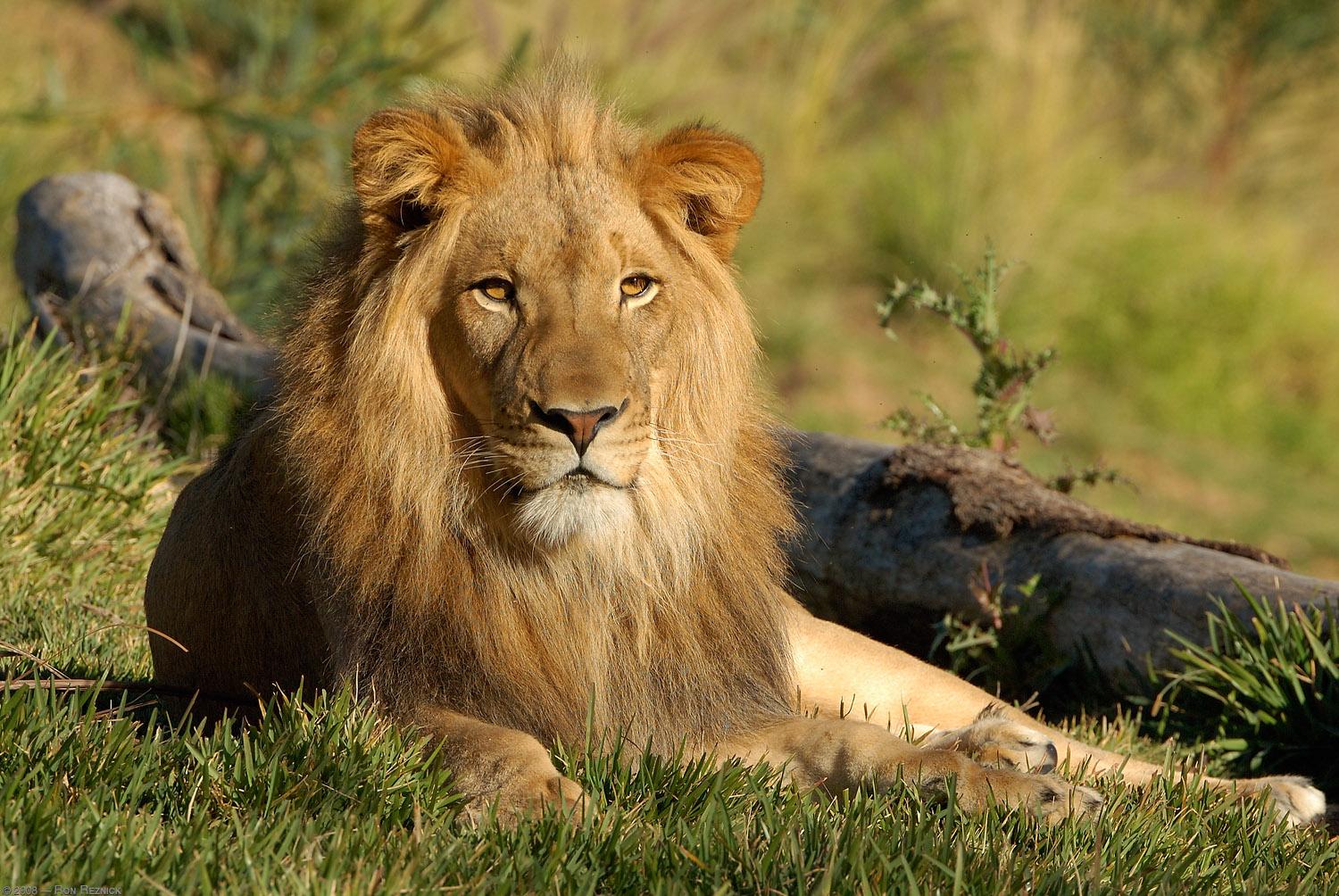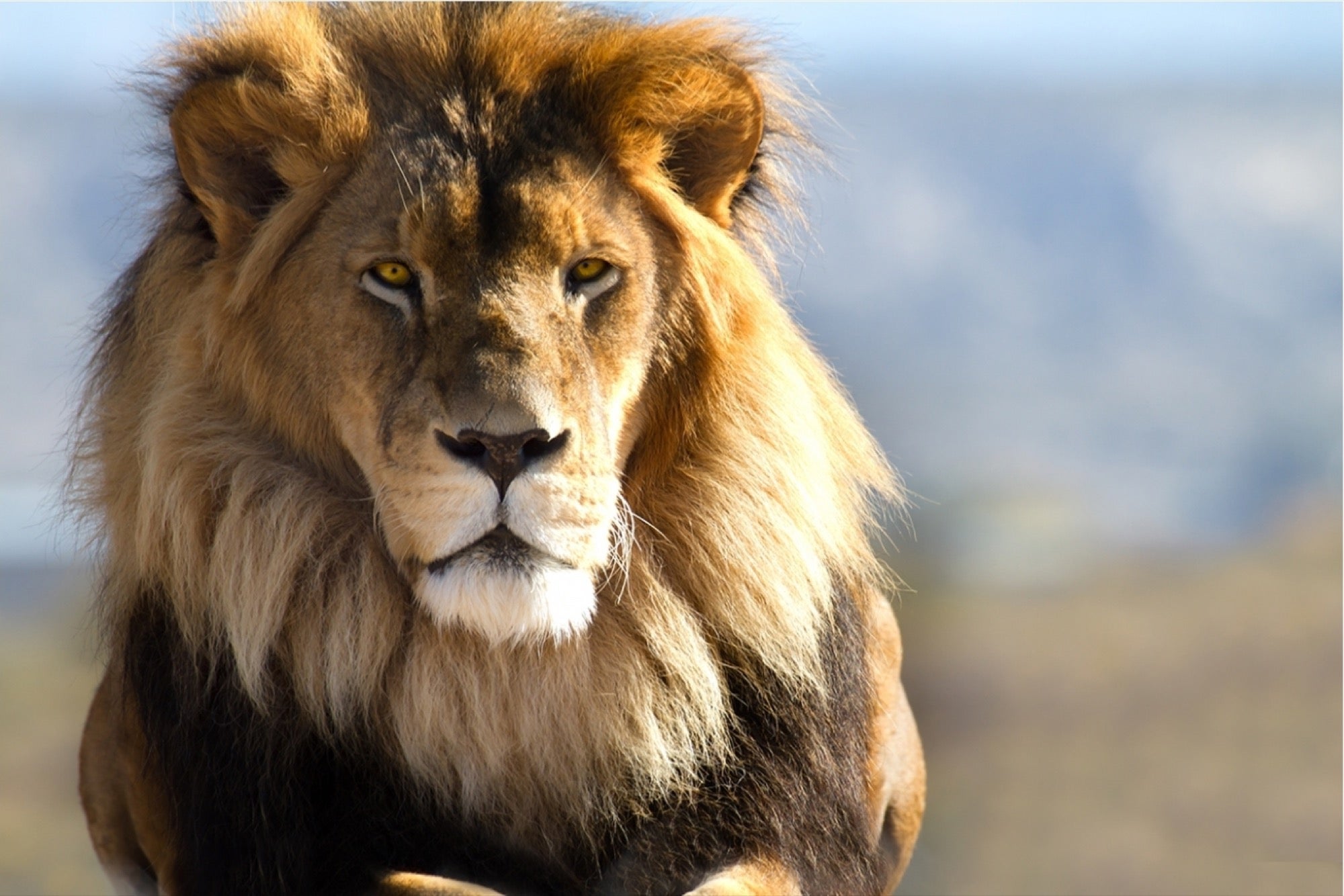When we think about lions, we often picture creatures of immense power and a strong sense of community, living in family groups known as prides. These amazing animals, known as *Panthera leo*, are indeed a captivating subject for discussion, you know, whether it’s about their place in the wild or even, say, the broader conversations that happen on platforms like forums.thelion.com. That particular spot, as a matter of fact, is a place where people come together for active and quite varied conversations, spanning everything from finance to, perhaps, the very nature of these incredible big cats.
It’s interesting, really, to consider how the characteristics we associate with lions, like their loud, booming calls that can carry for miles, or their collaborative approach to finding food, shape our ideas about them. These are creatures that sit at the very top of their particular food chains, with no natural hunters of their own, and they’re often thought of as symbols of bravery and sheer physical presence. We typically see them as truly majestic, almost regal figures in stories and films, representing a kind of wild grandeur.
So, it makes you wonder, doesn't it, what happens when we introduce a different perspective into this established picture? What if we were to consider a lion, one of these magnificent beings, but with a condition like Down syndrome? This thought experiment, in a way, challenges our usual ideas about what makes a lion, well, a lion, and invites us to think about how their well-known traits might appear or be expressed in a slightly different form, still very much a part of their natural world.
- Roblox Creator Dashboard
- Inurlthread Bo Statue
- Chatgpt Plus Subscription Iran How To Buy
- How To Subscribe To Chatgpt Plus In Iran
- Christopher Reeve And Keanu Reeves Related
Table of Contents
- What Makes a Lion Truly Unique- A Look at a Lion with Down Syndrome
- How Do We Perceive Strength and Symbolism in a Lion with Down Syndrome?
- Is There a Different Kind of Apex for a Lion with Down Syndrome?
- How Might Daily Life Differ for a Lion with Down Syndrome?
- What Does "King of the Animals" Really Mean for a Lion with Down Syndrome?
What Makes a Lion Truly Unique- A Look at a Lion with Down Syndrome
When we consider what truly sets a lion apart, it’s not just their impressive size or their place as a top-level hunter. They are, in fact, the second largest of the big cats, right after the tiger, and they possess a body that is built for considerable power. But what really makes them stand out, perhaps, is their deeply social way of life. Unlike many other large felines that prefer to live alone, lions genuinely enjoy living in groups, forming what are called prides, which can include fifteen or even more animals. This communal living shapes so much of their existence, influencing how they find food, how they raise their young, and how they interact with the world around them. So, when we think about a lion with Down syndrome, it’s worth pondering how these fundamental aspects of their being might be expressed or altered.
Understanding the Social Fabric- A Lion with Down Syndrome in the Pride
The very essence of a lion’s life is tied to its pride. These groups are, in some respects, like extended families, where individuals share responsibilities and support one another. Female lions, for instance, often work together in teams when they hunt, showing a remarkable level of cooperation. This social structure is pretty much central to their success and well-being. Now, if we consider a lion with Down syndrome, one might wonder about their integration into this complex social network. Would the pride, which is already a close-knit unit, adapt to accommodate a member with unique needs? Lions are, after all, known for their family-oriented ways, and they are truly social within their own communities. It’s interesting to think about how these innate tendencies toward community might manifest when a member of the group presents with different abilities, potentially requiring a bit more care or a slightly different role within the collective.
How Do We Perceive Strength and Symbolism in a Lion with Down Syndrome?
Lions have, for a very long time, been seen as powerful symbols, representing things like bravery and physical might. Throughout history, these animals have captured our imaginations, often appearing in stories and art as figures of great importance. Their bodies are, you know, incredibly strong, placing them high up in the cat family in terms of physical presence. The sheer power they embody is something that commands attention. When we consider a lion with Down syndrome, it prompts us to think about how we define strength. Is it purely about physical prowess, or can it also be found in resilience, in the way an individual connects with their group, or in their ability to adapt to their surroundings? This kind of consideration encourages us to broaden our view of what it means to be a powerful and significant member of a community, even one in the wild.
- Is Hilary Farr Married
- George Reeves And Christopher Reeves Related
- When Is Shedletskys Birthday
- How To Subscribe To Chatgpt Plus From Iran
- How To Subscribe Chatgpt Plus From Iran Payment
Is There a Different Kind of Apex for a Lion with Down Syndrome?
Lions are commonly described as "apex predators," a term that means they sit at the very top of their food chain, without any natural enemies. This position is a result of their hunting skills, their collaborative strategies, and their sheer physical capabilities. They are, quite simply, formidable hunters who work together to bring down prey. So, it's almost natural to wonder, what does "apex predator" mean for a lion with Down syndrome? This particular concept usually brings to mind a very specific set of skills related to hunting and survival in a challenging environment. Would their role in the hunt be different, or would the pride adjust its strategies to ensure everyone contributes in a way that suits their individual strengths? This really makes you think about how roles within a group are defined and how adaptability might play a crucial part in the survival of all its members.
The Roar and Its Reach- The Voice of a Lion with Down Syndrome
A lion’s roar is, well, pretty much an iconic sound of the African plains, and it can be heard from an astonishing distance—up to five miles away. This powerful vocal display isn't just for show; it's also a way for male lions to assert their dominance and communicate with others, a clear sign of their presence and authority. It’s a very strong expression of their identity and their place within their territory. So, if we consider a lion with Down syndrome, we might wonder about the nature of their vocalizations. Would their roar carry the same weight, or would it have a different quality? The roar, after all, is a show of power, and it’s interesting to consider how this particular aspect of a lion’s communication might be expressed or perceived in a lion with Down syndrome. It encourages us to listen differently, to understand that communication comes in many forms, and that presence is not always about the loudest sound.
How Might Daily Life Differ for a Lion with Down Syndrome?
The day-to-day existence of a lion involves a lot of specific behaviors: hunting, resting, socializing, and defending their territory. These activities are all deeply intertwined with their physical abilities and their social structure. Female lions, as we know, are the primary hunters within their pride, working as a team to secure food. This collaborative effort is absolutely essential for the survival of the entire group. When we consider a lion with Down syndrome, it prompts us to think about how these daily routines might be adapted. Would their involvement in hunting look different, or would the pride find other ways for them to contribute to the group’s well-being? It really makes you consider the flexibility and support systems that exist within a lion pride, and how these might be stretched or modified to ensure every member can participate in a meaningful way, perhaps in slightly different capacities.
What Does "King of the Animals" Really Mean for a Lion with Down Syndrome?
The lion is often called the "king of the jungle," a title that carries a lot of meaning about their perceived status and their place in the natural world. This designation, though not entirely accurate geographically since lions primarily live in savannas, symbolizes their strength, their leadership, and their overall majesty. They are, in a way, seen as the ultimate representation of wild power and regal bearing. So, when we think about a lion with Down syndrome, it makes us pause and reflect on what this "kingship" truly means. Is it about physical dominance alone, or can it encompass a broader range of qualities, like resilience, the ability to connect, or the capacity to inspire a different kind of respect? It’s a pretty interesting way to look at the very idea of leadership and worth within a natural community.
Courage and Presence- Redefining the Icon for a Lion with Down Syndrome
African lions have, for a very long time, been admired as powerful symbols of courage and strength across various cultures. Their iconic status is, you know, deeply ingrained in human history and mythology. They are seen as creatures that embody bravery and a commanding presence. So, if we consider a lion with Down syndrome, it encourages us to rethink these powerful symbols. Does courage always look the same, or can it be found in navigating the world with different abilities? Does presence always mean a booming roar and an imposing physical form, or can it be a quieter, yet equally significant, influence within the pride? This line of thought allows us to expand our definition of what it means to be an iconic creature, recognizing that strength and courage can be expressed in many varied forms, perhaps even in ways that are less obvious but no less profound.
The Physical Presence- A Lion with Down Syndrome's Form
Lions are, without a doubt, large, powerfully built creatures, truly remarkable members of the cat family. They are known for their impressive physical stature and their robust build, which allows them to thrive as top predators. These animals are, in fact, among the biggest existing cats in our world today, second only to the tiger. Their physical form is a clear indicator of their place in the wild, enabling them to hunt, defend their territory, and survive. When we consider a lion with Down syndrome, it leads us to contemplate how their physical characteristics might differ and what implications these differences could have. Would their size or strength be affected, and how might the pride adapt to support them? It’s a consideration that brings to light the incredible adaptability of nature and the potential for a community to care for all its members, regardless of their individual physical attributes, ensuring that every lion, in a way, finds its place.
- Erin Kane
- Pathivara Temple Tourist Attractions
- Openai Chatgpt Plus Price Iran
- Teach Me First Honey Comics
- Pathivara Temple Address



